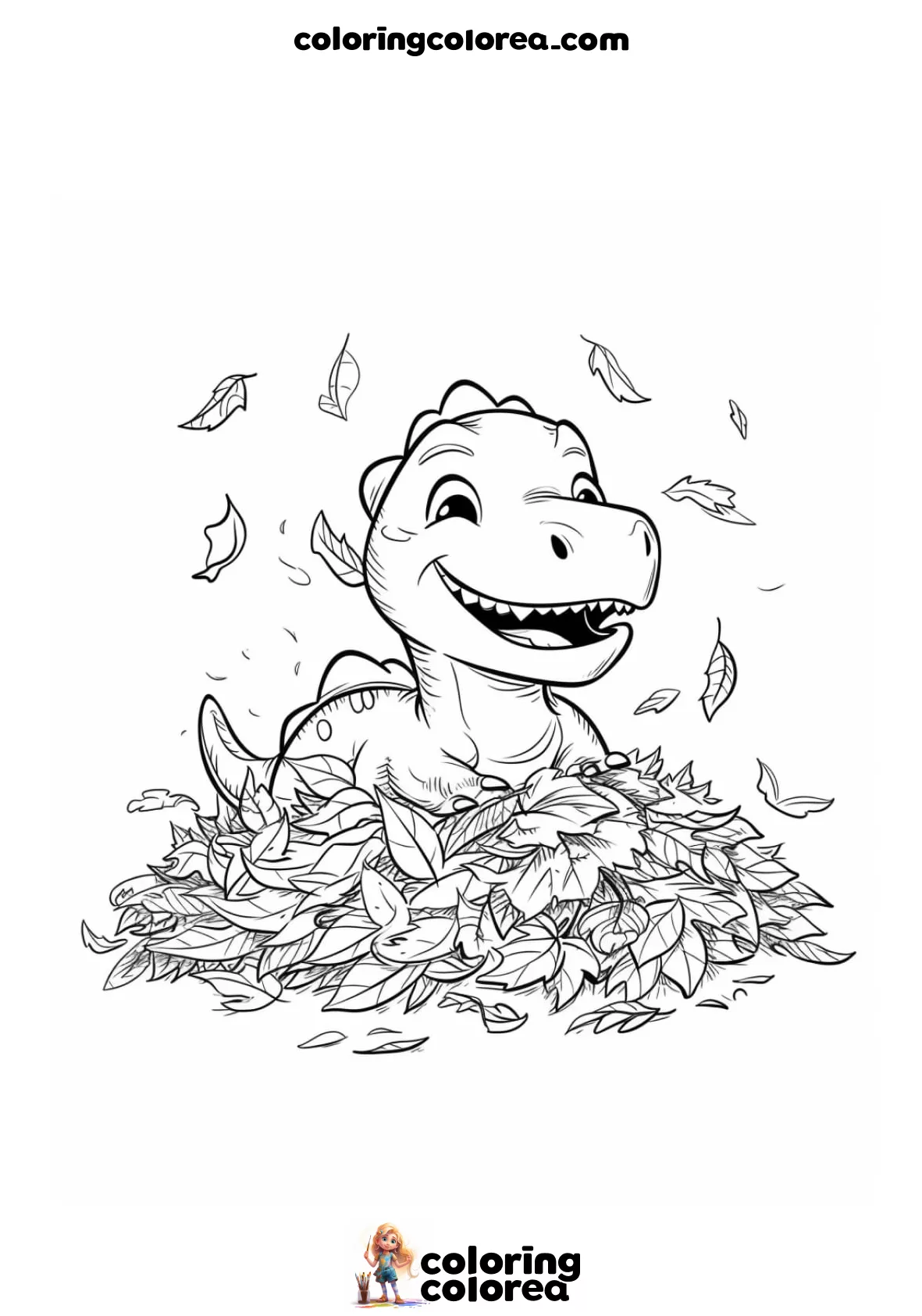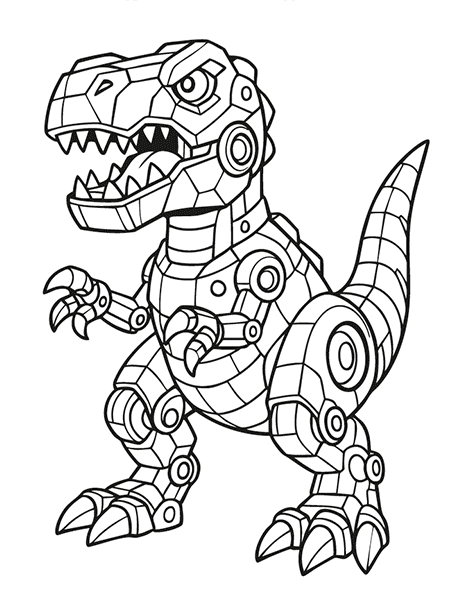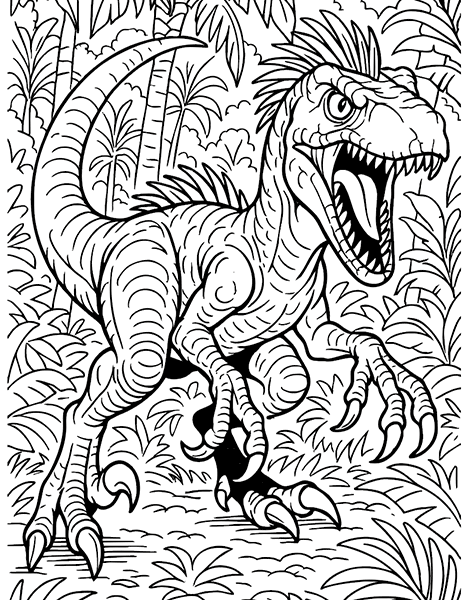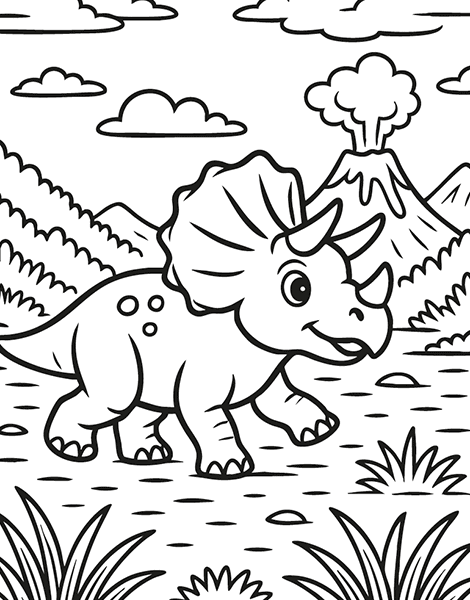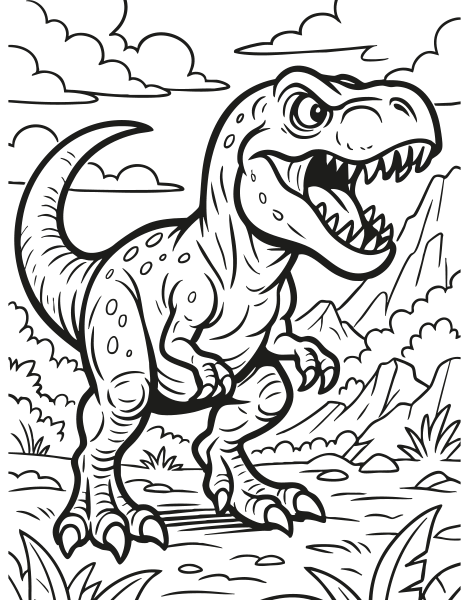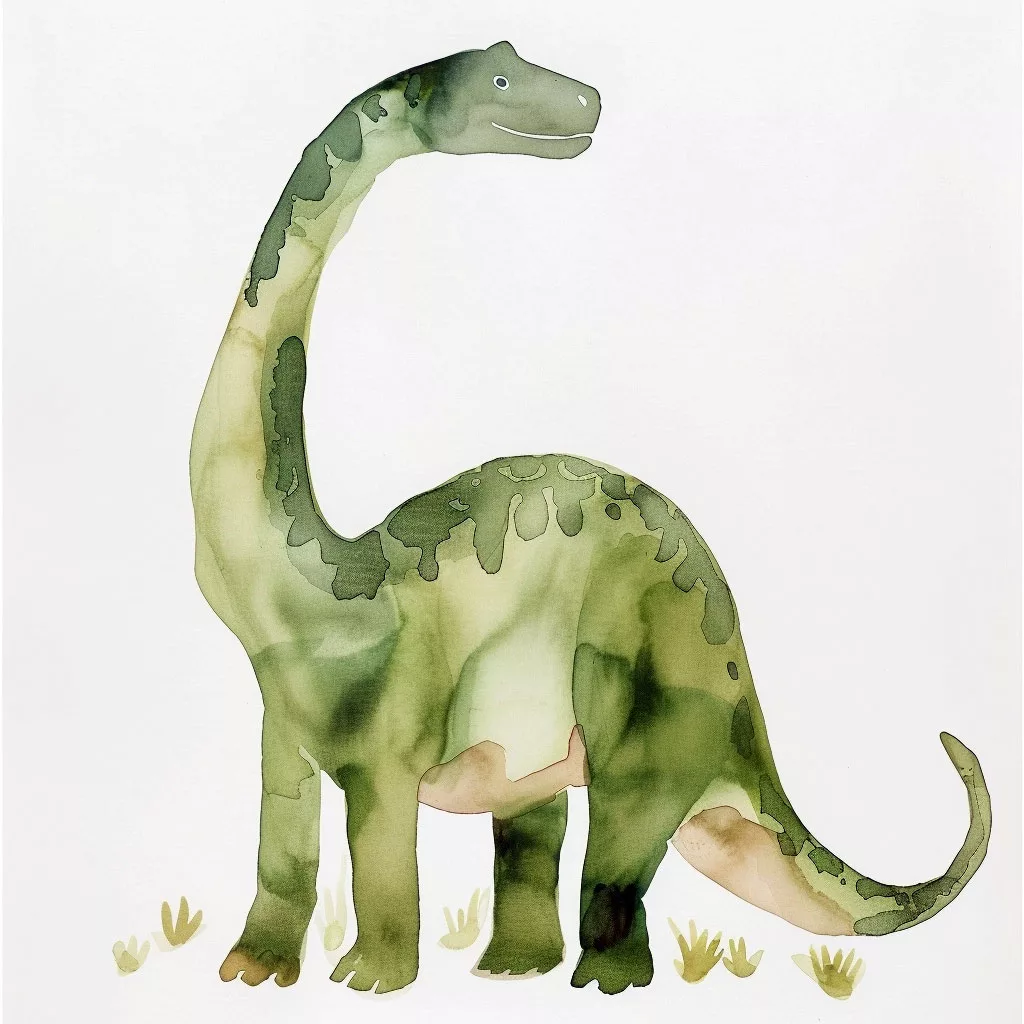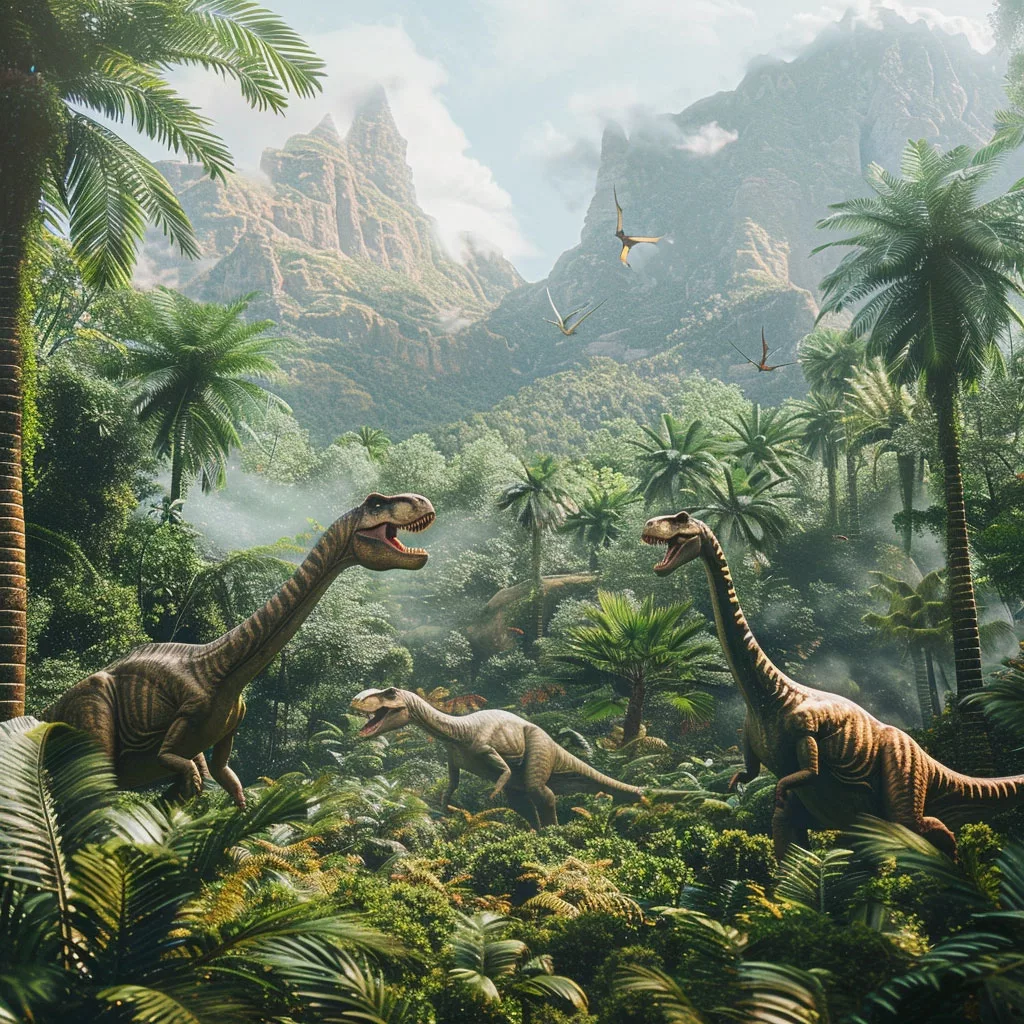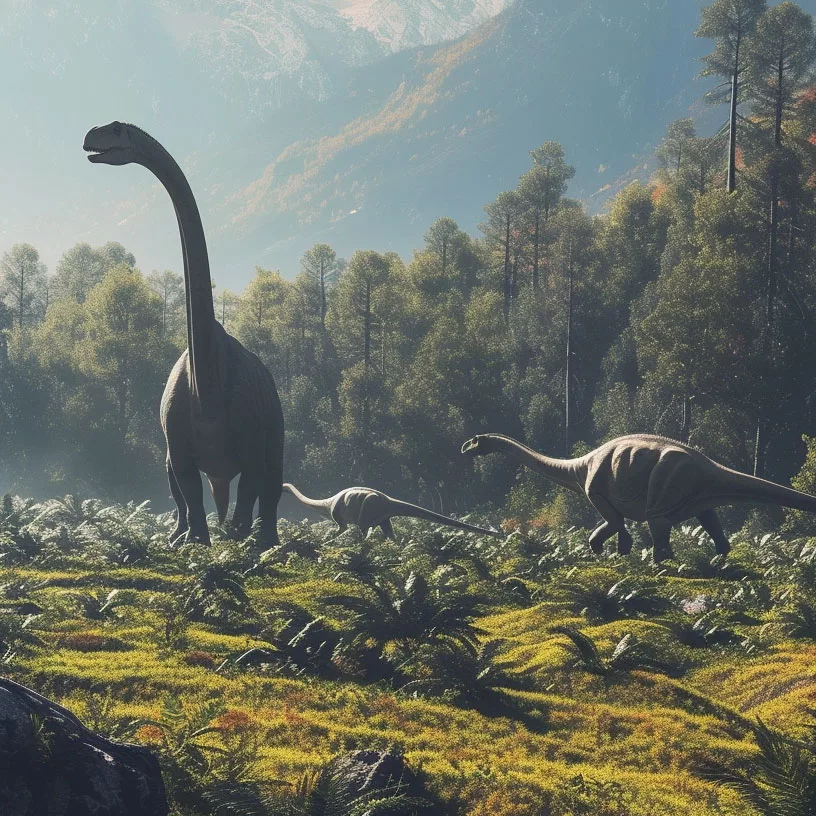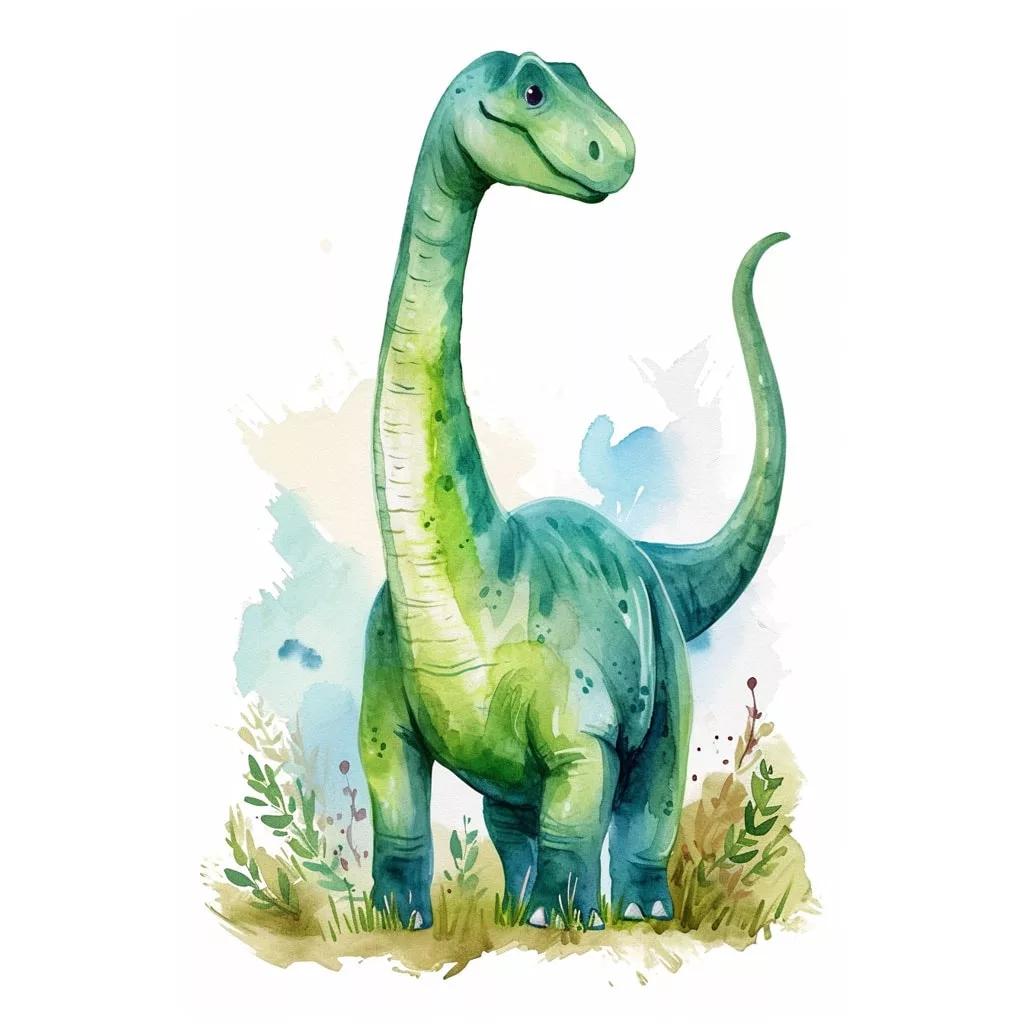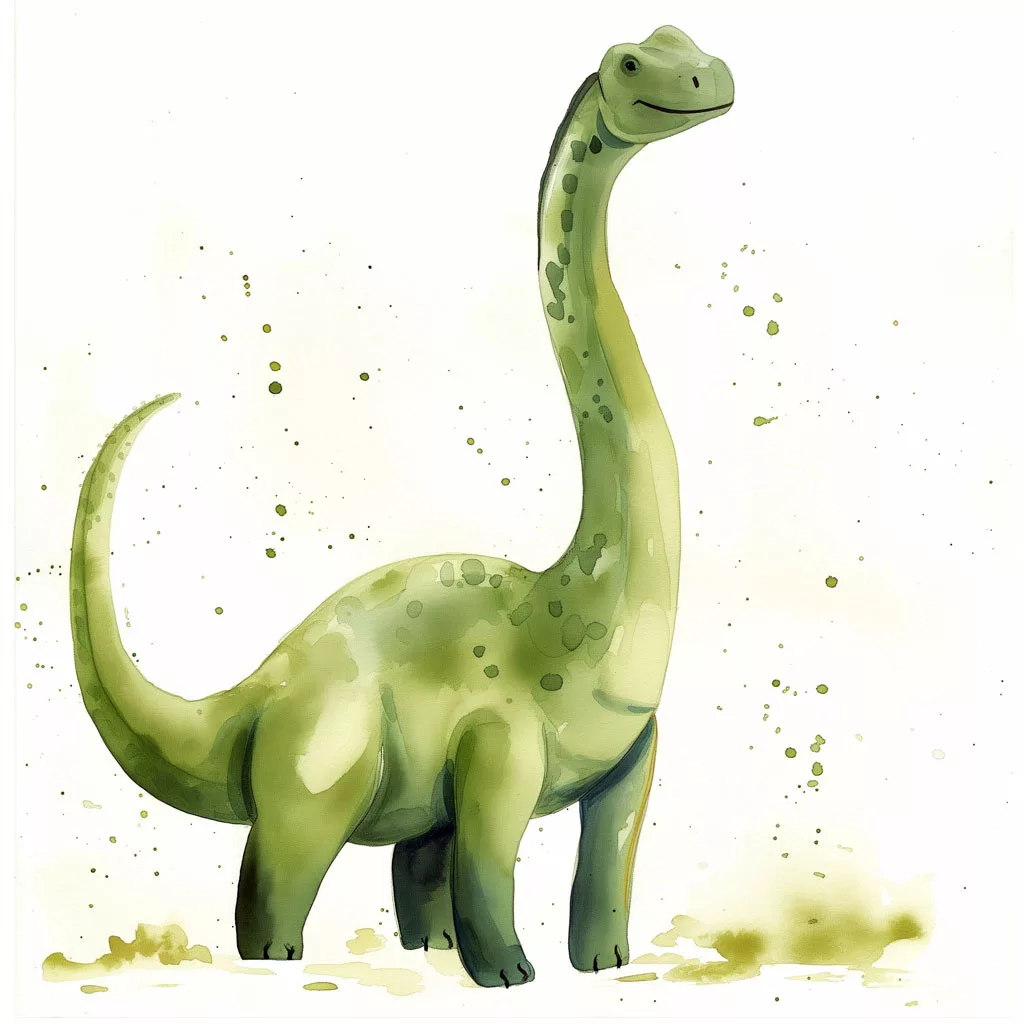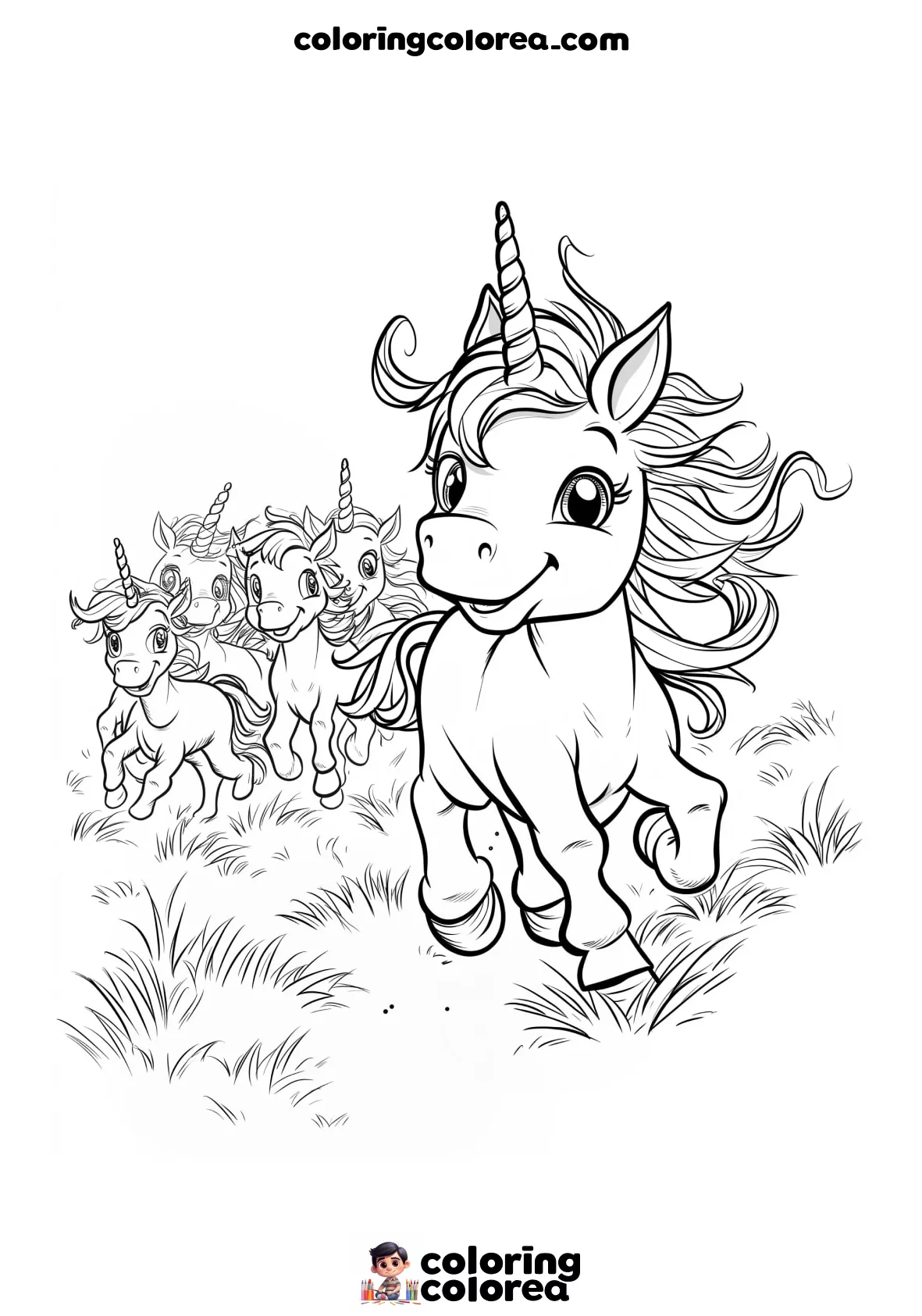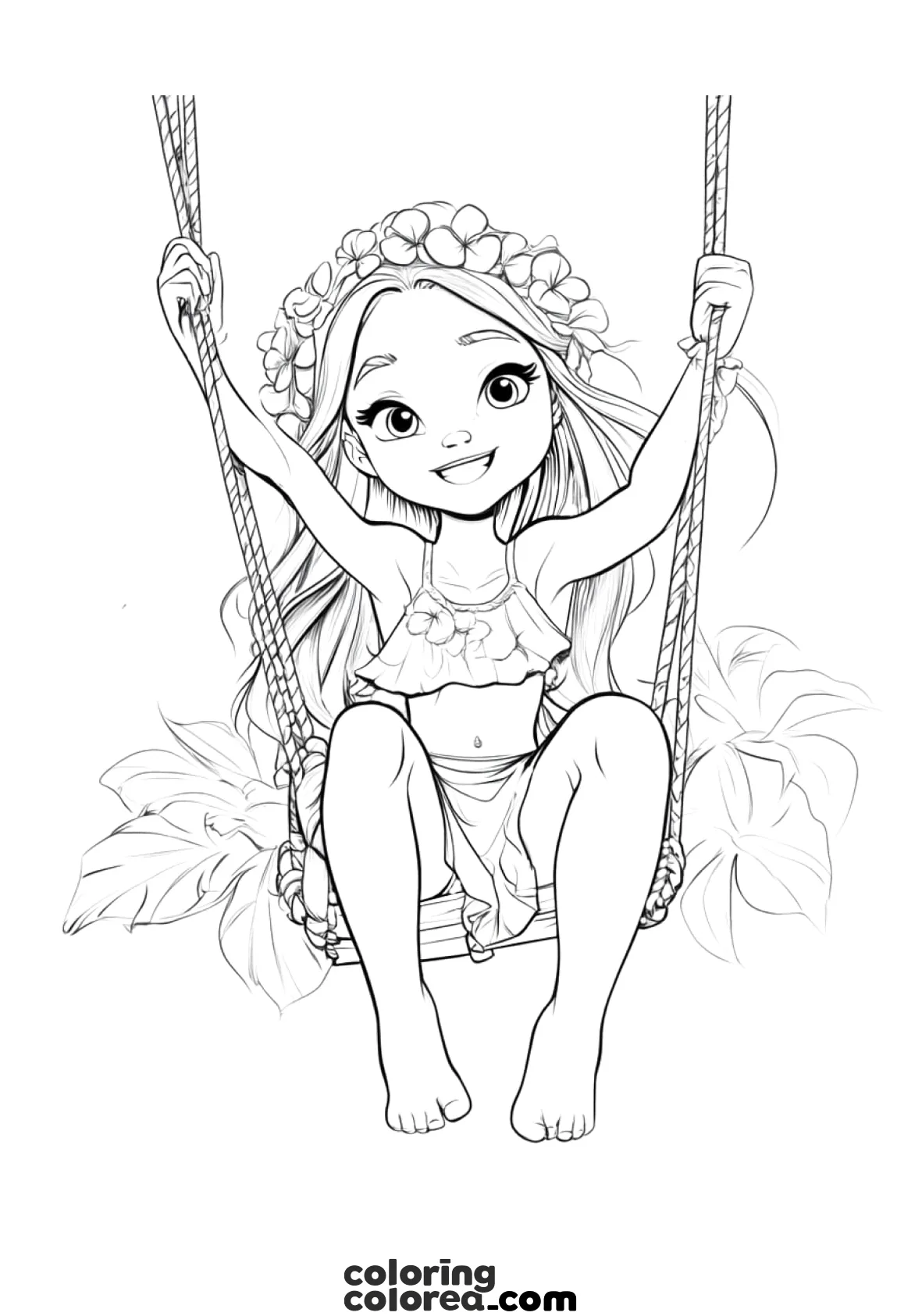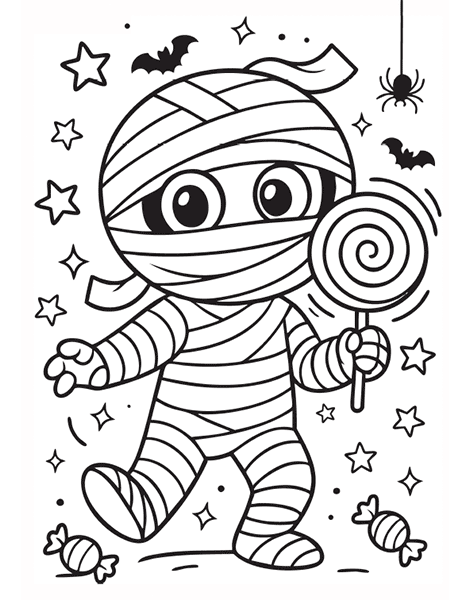A Prehistoric Blank Canvas
Before you start coloring, let’s imagine what a baby dinosaur was like. Its skin was scaly, like that of a modern reptile, but softer and more flexible because it was so young. It had different types of scales: some bigger and thicker on its back, and others smaller and more flexible on its belly. Its coloration was also a mystery, but now we know they weren’t just gray or brown. Baby Diplodocus could have been as colorful as today’s parrots!
Jurassic Color Palette
To color your baby Diplodocus, choose a palette of vibrant, joyful colors. Look at the hues found in the young of animals that live in forests and savannas, as these environments were similar to the ones the dinosaur inhabited. Some examples:
- Greens: For the foliage that camouflaged the little dinosaur among the vegetation.
- Yellows and Oranges: For areas like the belly, details such as crests on the head or tail, or to highlight its adorable clumsiness.
- Blues and Purples: For skin patterns, like stripes or spots, which may have helped with camouflage or identification among dinosaurs.
- Pastel Shades: To soften the colors and give a tender touch to your baby Diplodocus.
A Journey to the Jurassic
Now that your baby Diplodocus is ready, imagine its world. It lived during the Jurassic period, around 150 million years ago. Lush forests and savannas formed its home, shared with other herbivorous dinosaurs like Brachiosaurus and Apatosaurus.
Dangers in the Savanna
Even as a miniature giant, the baby Diplodocus had enemies. Carnivorous dinosaurs like
Tyrannosaurus Rex and
Allosaurus would stalk from the shadows, waiting for a chance to strike. To defend itself, the baby
Diplodocus cuddled up next to its mother, who protected it with her enormous size and powerful tail.
Diplodocus Fun Facts
- Baby Diplodocus hatched at a size similar to a large dog.
- They grew very quickly, reaching over 20 meters long within just a few years.
- They are thought to have been playful and curious, much like today’s elephant calves.
- Their long necks allowed them to reach the highest leaves in the trees.
A Giant Legacy
Diplodocus became extinct millions of years ago, but their legacy lives on. Their fossils help us understand what life on Earth was like ages ago and inspire us to imagine a world full of incredible creatures.
Awaken the artist within you and bring your very own baby Diplodocus to life!
